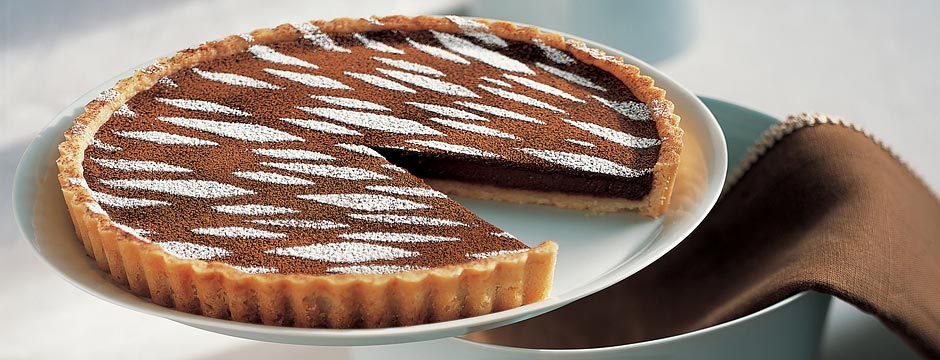Temper Tantrum Part One
April 11th, 2014 by Alice Medrich
I started my career making chocolate truffles without ever having tempered chocolate. I did not even know how to temper. I’m not bragging about my ignorance, but my rule breaking turned into revelation: a national obsession for chocolate truffles was launched from my Berkeley kitchen in the early 1970’s. Those truffles—first made in my home kitchen and sold at the Pig By The Tail charcuterie and later made and sold in my own shop, Cocolat—were as good as they were because I was doing a whole lot of things “wrong” which somehow added up to something spectacularly right. Somehow.
I have become adept at tempering since those early days, although I still use tempering avoidance tricks and “cheats” strategically when I think they are a quicker and smarter way to get certain kinds of results. Knowing the right way to do things wrong—when and how to not temper—remains a valuable part of my skill set!
You can read more about this and the story of Cocolat, and get recipes for those Cocolat truffles, in Seriously Bittersweet (Artisan 2013).
But I have a tantrum to finish.
When tempering is really necessary, I want to get it right. And I want others to be able to get it right as well. There are several methods to get chocolate in temper, so that it sets with an even sheen (and without streaks or white pockmarks), breaks with a snap, and remains stable at room temperature. But where are the good instructions (regardless of method) for making this happen?
The problem is that no one who publishes for the home cook wants to hint that tempering is tricky; much less that it requires knowledge and practice. Is it a conspiracy? Tempering instructions—on TV, in magazines and cookbooks, and even in cooking classes—are deceptively brief, almost breezy. They focus on melting the chocolate to a precise temperature and then cooling it down to another precise temperature with some chopped chocolate “seed” stirred in. It's as if all you have to do is get a thermometer and follow the steps and your chocolate will be in temper.
This drives me absolutely crazy.
Once in a while, you can get lucky following simple rote steps and end up with tempered chocolate. But beginner’s luck is just that.Tempering chocolate requires three things: enough time, enough stirring, and the right temperatures. This means that it is entirely possible to heat and cool the chocolate, hitting all of the right temperatures, just as directed, and then dip your bonbons but find them dull, streaky, and mottled hours later. This happens to people all of the time. Sure, those ugly bonbons are still edible, but after spending time and the effort to temper the chocolate, “edible” hardly cuts it.
Consider a driving manual that just tells you how to turn on the ignition, step on the gas, and turn the steering wheel…
Good tempering instructions should explain that hitting the right temperature marks without adequate time and agitation (stirring) will not result in tempered chocolate. Good instructions should tell you how to test for temper to confirm that the chocolate that you think you tempered, really is in temper— before you dip those bonbons—and what to do when it isn’t. Good instructions should tell you how to keep tempered chocolate in temper while you work with it, and how to reheat it, if necessary, without breaking the temper. (Really good instructions should tell you what “over tempered” chocolate looks like, and how to fix that as well!)
I’m sorry I’ve made tempering sound more complicated than any of us want it to be. But knowledge is power, right?
Temper Tantrum (part two) coming up, with really good instructions for tempering chocolate.
